Latest News
Republishing Stroud Water Research Center content in its entirety is not allowed without express permission. You may request permission here.
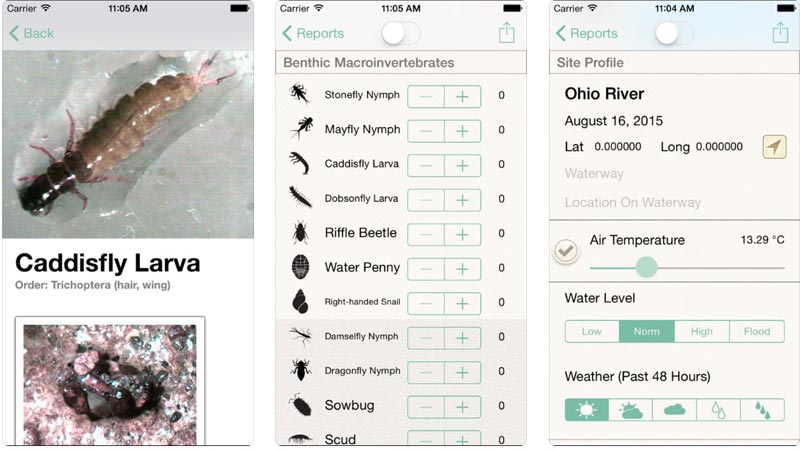
Free App Turns Creek Exploration Into Education
The app allows educators, citizen scientists, and creek enthusiasts to learn about water quality and identify aquatic invertebrates with a user-friendly suite of tools.
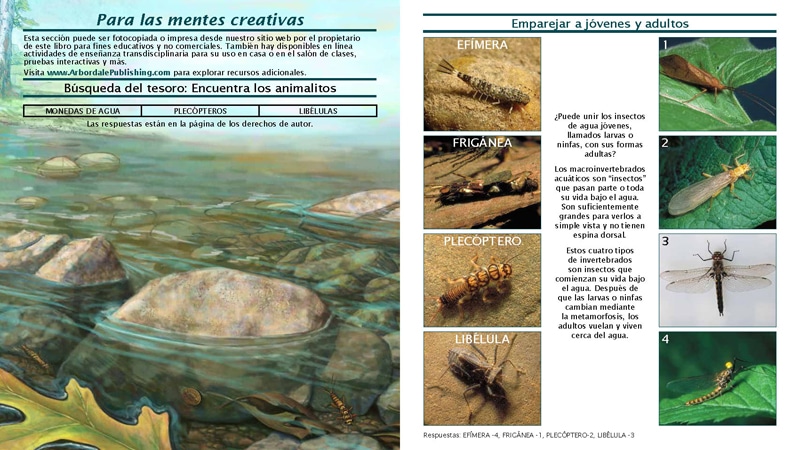
Enliven Your Storytime with Creek Critters
Do you like scavenger hunts? How can you tell if creek water is clean and healthy? Join Lucas and his sister as they act like scientists looking for certain kinds

Nutrients and heavy metals in legacy sediments: concentrations, comparisons with upland soils, and implications for water quality
Lutgen A., G. Jiang, N. Sienkiewicz, K. Mattern, J. Kan, and S. Inamdar. 2020. Journal of the American Water Resources Association 56(4): 669–691.
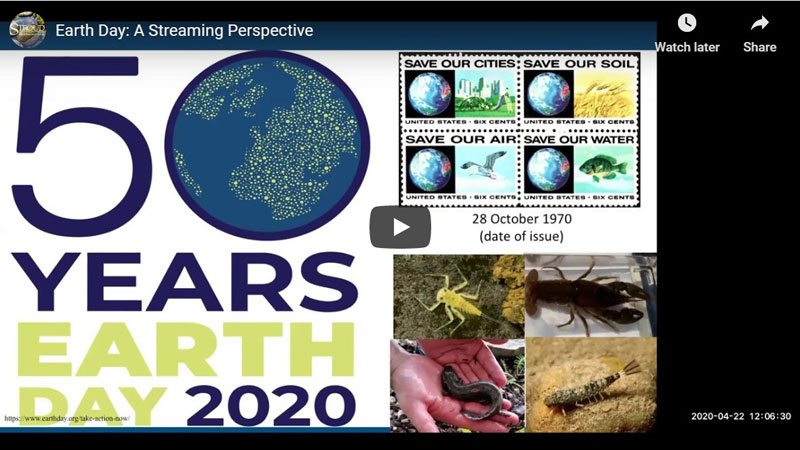
Earth Day Celebration: A Streaming Perspective
In this webinar recording John Jackson, Ph.D., talks about the 50th anniversary of Earth Day and its importance from the perspective of a stream.
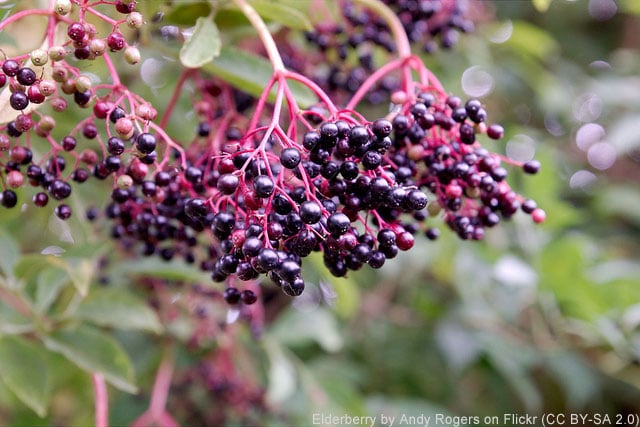
A Movement Grows to Help Farmers Reduce Pollution and Turn a Profit
An innovative program is showing farmers how to plant cash crops in buffer zones to help stabilize stream banks and clean up waterways.
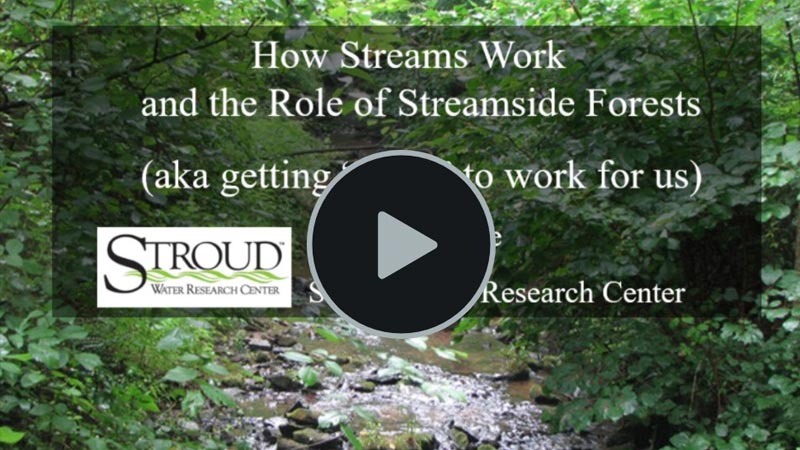
How Streams Work and the Role of Forests
Understanding how streams work and the importance of trees to streams is fundamental to engaging landowners and decision makers.
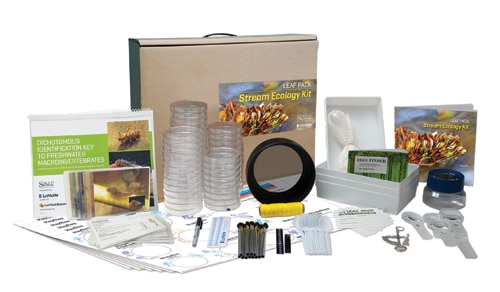
Good Things Come in Threes: Exciting News From the Leaf Pack Network
We are excited to announce major improvements to the Leaf Pack Network, an international network of teachers, students, and citizen monitors investigating their local stream ecosystems.
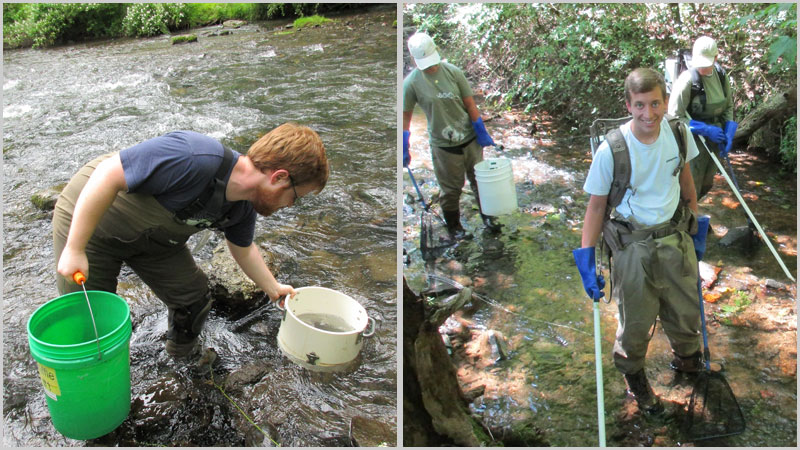
Meet Courtland Hess and Adam Gochnauer, Entomologists
Hess and Gochnauer tell us what brought them to Stroud Water Research Center and what they hope to achieve here.
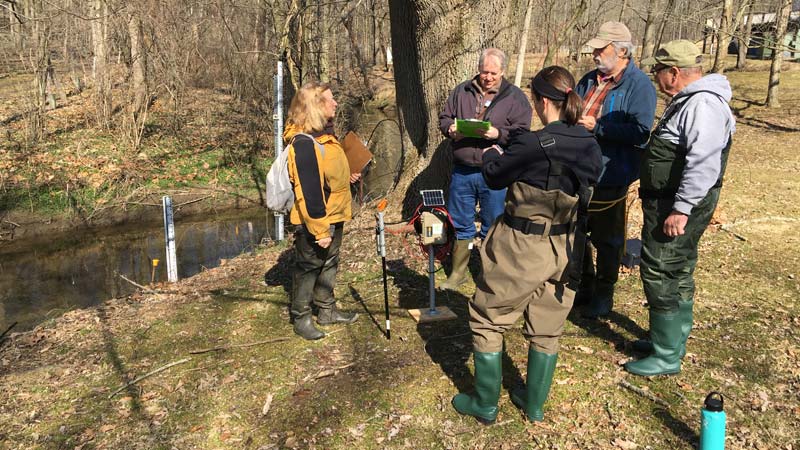
Stream Monitoring in the Delaware River Basin: More Than Just Numbers
Master Watershed Stewards help develop science capacity to support stream and river protection and restoration by citizen science programs.
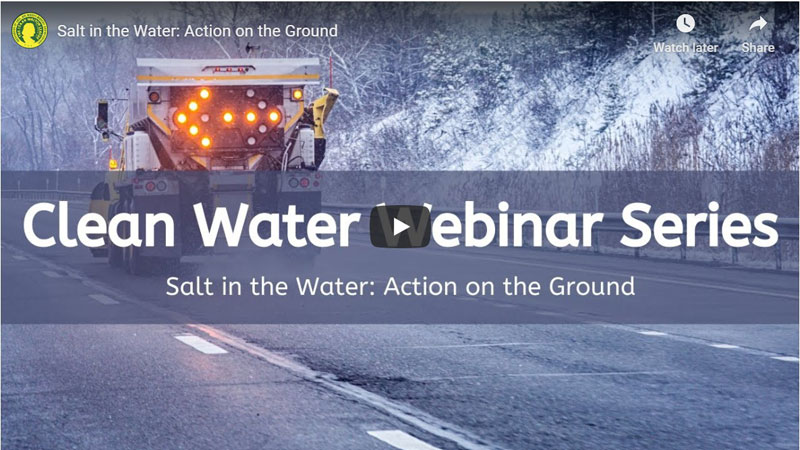
Salt in the Water: Action on the Ground
This webinar introduces viewers to how excessive salt affects life in freshwater streams and how a local group is raising awareness and changing behavior.
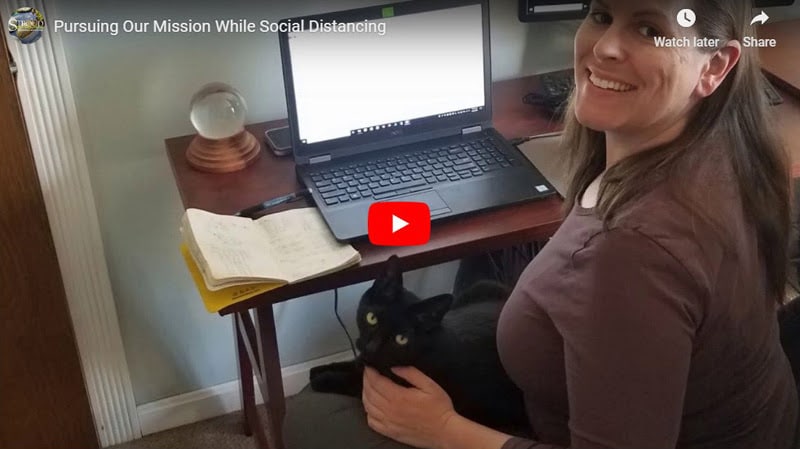
Pursuing Our Mission While Social Distancing
Our campus is quiet right now, but we want to assure you that we’re continuing our work during these challenging times.

Bacterial communities and nitrogen transformation genes in streambank legacy sediments and implications for biogeochemical processing
Sienkiewicz, N., R.L. Bier, J. Wang, L. Zgleszewski, A. Lutgen, G. Jiang, K. Mattern, S. Inamdar, and J. Kan. 2020. Biogeochemistry 148:271–290.
